Purpose
The advent of “Fake News” means that we are currently going through a major phase in history. Fake news has come to dominate the news, literally. It is sometimes amusing, but most often frightening. Social media is the prime vehicle of distribution and it is very easy to be deceived by a combination of fake news, misleading ads and filter bubbles as you go through your feed.
As such, this topic deserves a lot more attention. Even though through various political earthquakes in recent years, we have been aware of the detrimental effects of this new phenomenon, not a lot has been done to mitigate it. We are still very susceptible to deception. There has been some pressure on technology companies to conform and do something about the prevalence of fake news, which is good, but if we follow the money, we cannot expect much change anytime soon. The other way to approach this is to train ourselves to become more resistant in accepting and believing everything we read online. We must harden ourselves to manipulation.
The ability to question anything and everything, and develop independent thinking is fundamental in saving us from fake news, fake science, pseudo-science, religious preaching, desire-inducing marketing in things we don’t need, cult hysteria or belief in instantaneous combustion! We need to harden ourselves and our minds against random bits of unconfirmed news, unchecked sources, persuasive rants and unverified claims. This requires training.
This exercise is an opportunity to help us question everything by having an attempt in creating fake news in a controlled environment and see how others react to it.
You can also use the exercise presented here for creative writing and team building. There is a certain amount of humour involved in everything fake and this exercise can help bring people together through humour. It can also be educational in that people can learn about some really weird stuff they had no idea about, so long as they can be convinced of them with valid references; this is the whole point of the exercise after all—to question everything.
This exercise is also ideal for younger people who are susceptible to manipulation due to lack of knowledge. See the Variations at the end on how to adjust the exercise to suit your specific training needs.
Objective
Practice spotting some fake news among a set of generated example news in order to become better at spotting them and learn to question everything.
What You Need
- Access to printer
- A4 paper
- Template in MS Word to create the cards (docx)
Setup
- Divide the delegates to 3 teams, labelled team A, B and C.
- Ask each team to create a series of news items based on the following instructions:
- Create a total of 10 news items.
- The news should not be too long. A sentence or a single paragraph will suffice.
- Include three to five news items in the set that are valid, while the rest are fake.
- Initially, write these items on A4 papers as draft.
- Next, ask each team to type them up cleanly so they look more like legitimate news; have 4 pieces on each A4 paper in equal rectangular parts. A template in MS Word is provided above for convenience.
- Get teams to print these sheets and then cut them into four parts to create 4 cards.
- Ask each team to write their team label and a sequential number on the back of each card. For example: A1, A2, A3, … for team A’s various news pieces, B1, B2, B3,… for team B’s and so on.
- Examples of fake news (sometimes with a pinch of humour):
- “A woman covered in essential oils, died of instantaneous combustion.”
- “Doctors have discovered the first case of a woman with man flu.”
- “A new species of zebras with checkers pattern has been discovered in Brazil.”
- "The idea of global warming was made up by China."
- “A technician working in a mobile phone repair shop has discovered that you can resolve device start-up issues using a hair dryer. He realised that by heating the back of a device that refused to boot, he could increase the likelihood of successful boot by %360. Reportedly, there is now a waiting list of two weeks for new repair jobs.”
- "The only way to make crime fall is to build a wall."
- Examples of non-fake news that is unusual but true:
- “Woman gives birth to a stone baby, stagnant in her body for several decades.”
- Ask each team to record on a separate sheet whether each news was fake or true.
- You can optionally allow groups to have access to the internet while going through the exercise to conduct research on generating the items.
- Allocate about 20 minutes for the group to create and write the news.
- Ask each group to split the 10 cards to two parts at random. They should then give one set of 5-cards to each of the other teams. This way each team should receive 10 cards, 5 cards from each of the other two teams.
- Ask teams to shuffle the cards they received and place them news-side up. They should evaluate them without looking at the back.
- Each team should then examine the news items one by one and discuss among themselves if the news is true or fake. They should:
- Vote 1 to 5 (1 for being true and 5 for being fake) to indicate how much they think each news item is fake. They should record the score on a separate sheet while referring to the ID at the back of the card.
- They cannot access the internet to conduct fact checking online. They should discuss and if needed persuade each other based on what they already know. The whole team should then vote on how to rate each news item.
- Allocate 15 minutes for this part. You can allocate more time provided the delegates stay on topic. The discussions on various topics can be quite educational and is precisely what we want to gain in this exercise; the habit that we must question every piece of news, dissect it, examine it and possibly discuss it with others before accepting it. Just make sure new unrelated stories that people like to share don’t come to dominate discussions. Remind them to stay focused on news items under consideration.
- Bring back everyone. Ask one team to read out one news item and then explain if they think it is true or fake. Other groups, including the creators of that news item, can then comment on their analysis. Encourage discussions, especially when there is disagreement. Don’t rush this stage. The next team should then reveal a news items and the process repeats.
- Continue until all news has been covered. If you are short of time, you can limit how many items are explored.
- Follow with a discussion to examine what delegates have learned in this exercise.
Timing
Explaining the Exercise: 5 minutes
Activity: 20 min generate news + 15 min examine news in groups + 15 min discuss news = 60 minutes
Group Feedback: 10 minutes
Discussion
What was the most surprising result? Was there a piece of news that most people thought it was true but turned out to be fake? How about the other way around? What does this suggest? What strategies can be employed in addressing the challenges of deepfake, fake news and filter bubbles?
Variations
Consider the following variation to extend or evolve this exercise:
- Turn this into a creative writing exercise where delegates must invent convincing fake news for others to spot. Get them to rate successful fake news on originality. Encourage delegates to avoid simple fake news like just manipulating a simple statistic and instead focus on designing more elaborate ones that initially sound convincing but that with a bit of examination are revealed to be fake.
- Let delegates include images. With the rise of deepfake this can be quite educational for everyone to understand what is the art of possible.
- Include a set of true news / fake news that you have already prepared. Mix these into the set of cards all groups receive at random to spice it up. Be prepared to discuss your own news items as votes are revealed.
- Include news items generated by AI to see if delegates can spot the AI generated fake news. Lead delegates to discuss the implications of propagation of such news, which is all but inevitable. A great example is the story of the discovery of unicorns in the Andes Mountains generated completely by artificial intelligence (developed by Open AI). You can also use other texts from the same source for this exercise. The aim here is to raise awareness of such upcoming technologies.
Soft Skills Training Materials
Get downloadable training materials
Online Train the Trainer Course:
Core Skills
Learn How to Become the Best Trainer in Your Field
All Tags
Training Resources for You
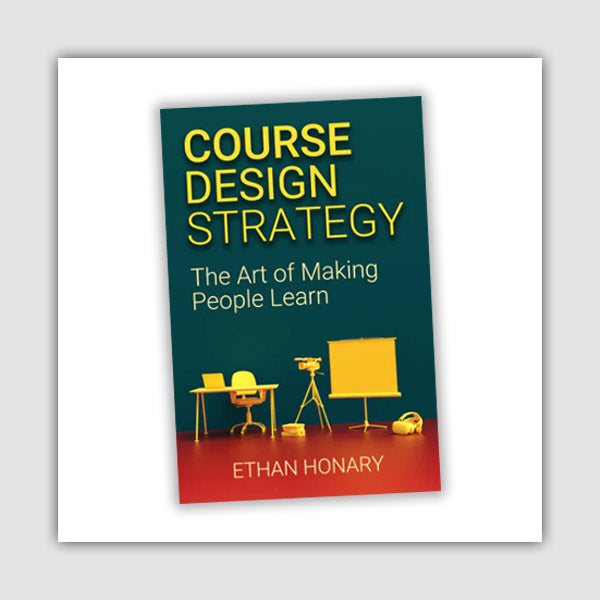
Course Design Strategy
Available as paperback and ebook

Free Training Resources
Download a free comprehensive training package including training guidelines, soft skills training activities, assessment forms and useful training resources that you can use to enhance your courses.

Our Comprehensive Guide to Body Language

Train the Trainer Resources
Get Insights - Read Guides and Books - Attend Courses
Training Materials
Get downloadable training materials on: Management Training, Personal Development, Interpersonal Development, Human Resources, and Sales & Marketing





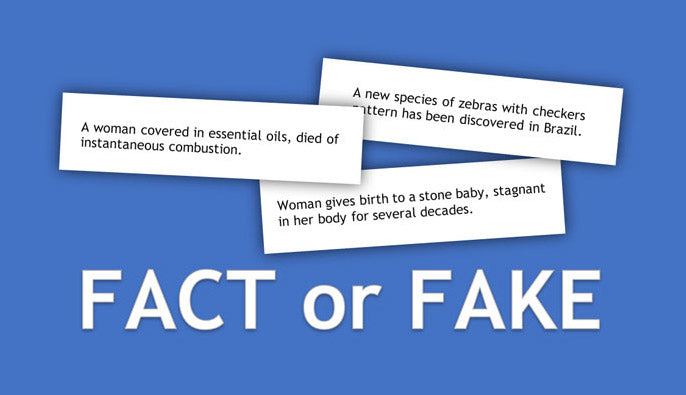


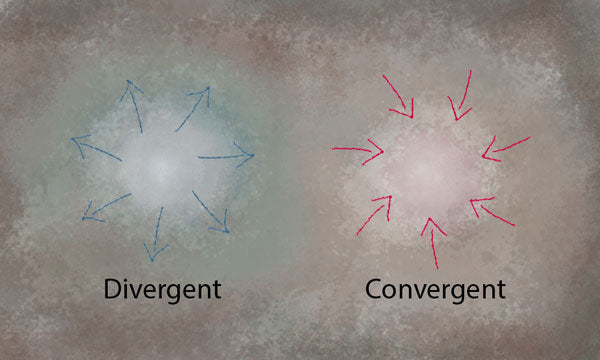
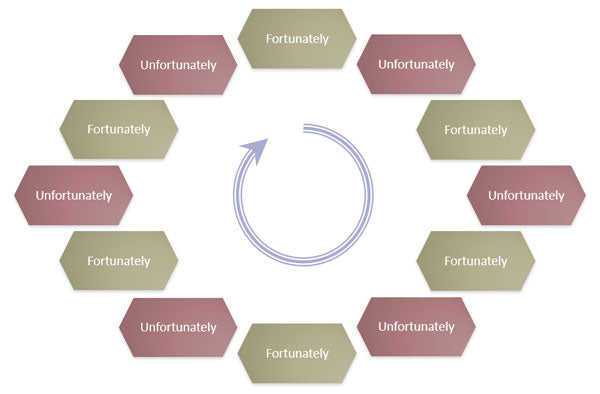
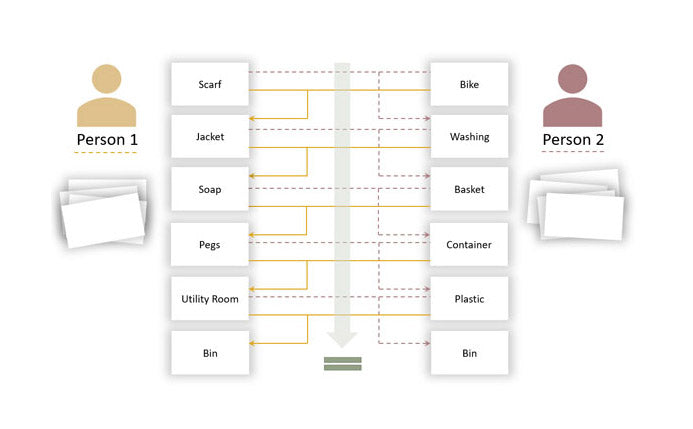


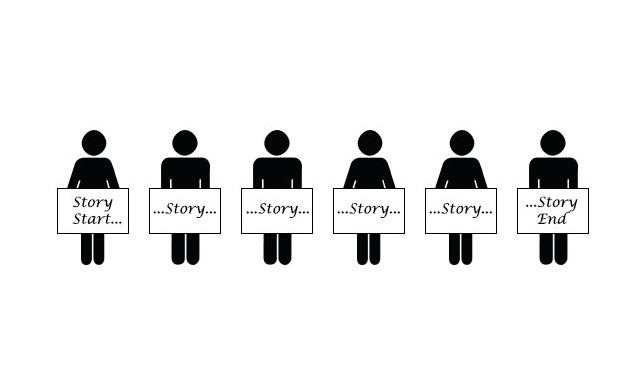
Leave a comment
All comments are moderated before being published.
This site is protected by reCAPTCHA and the Google Privacy Policy and Terms of Service apply.